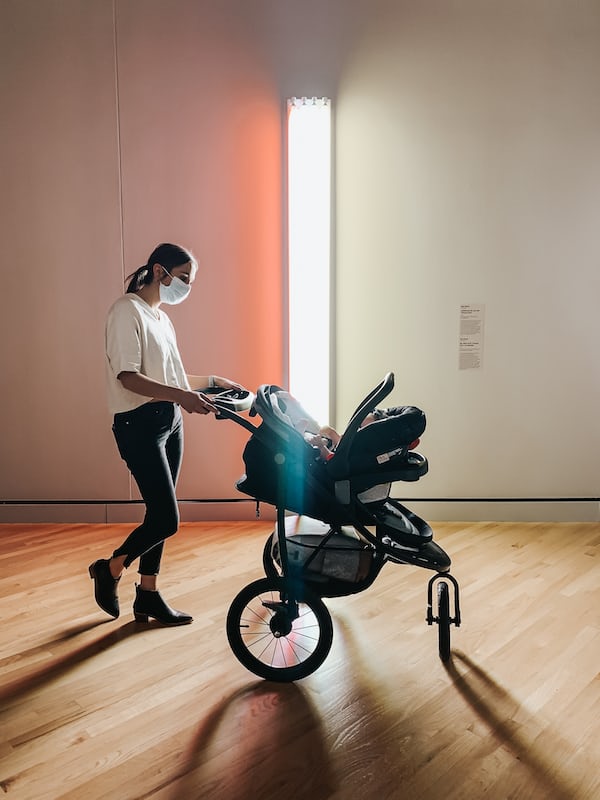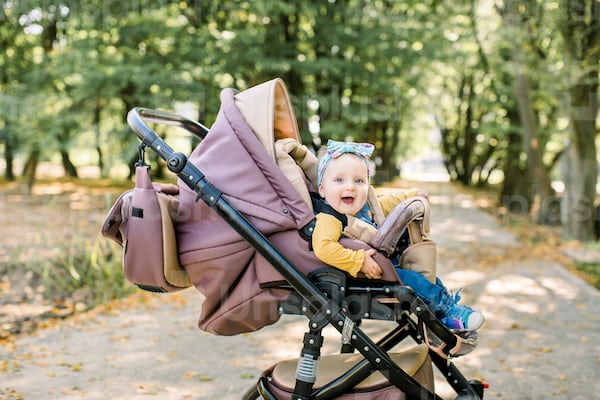Related Information

 Azvenus Time:2020-04-10
Azvenus Time:2020-04-10

A pram, also known as a carriage, can be used for newborns and younger babies. It is advised from birth up to around 6 months old, or when the baby can roll or sit up independently. The pram is perfect for the baby to maintain a lying-down position while keeping adults in their sight.
Advantages:
- Some of the prams have storage space underneath. So it benefits shopping.
- Babies can sleep in an ample space outside during nap time.
- Some of the prams can be converted into a stroller.
- The prams are sturdy and safe.
Disadvantages:
- The wide width doesn’t always fit in narrow spaces.
- The weight is heavier than most strollers.
- Dimensions are space-consuming.
- Difficult to fold for storage.

The stroller is geared towards older babies, generally from 6 months. It’s what you need when your baby is a bit bigger. The seat will often face both towards the parent and towards the world so the parent can choose whether baby faces them for reassurance and bonding or away from them, where they can discover the world around them. Often they have adjustable seat positions, handlebar, footrests and other options, all which can be adapted to suit baby.
ANYTHING ELSE TO CONSIDER?
Think about features that will be helpful to you…
- will it fold up easily (ideally while you’re still holding your baby)?
- can it be folded with the seat part still on the frame, or do you have to remove it?
- does it stand up in busy cafes, or lie down flat so there’s more space in the car boot?
- does it come with a rain cover and storage basket, or do you need to buy those separately?
- is it easy to store the parts you’re not using?
- what are the wheels made of – if they’re solid rubber, they can’t be punctured and if they lock, it’s much easier to walk on uneven ground like country lanes or the beach.
When it comes to style and colour, it’s purely down to personal preference. Lots of parents try to buy ‘neutral’ colours in case they have more children so avoid traditional baby blues and pinks.
